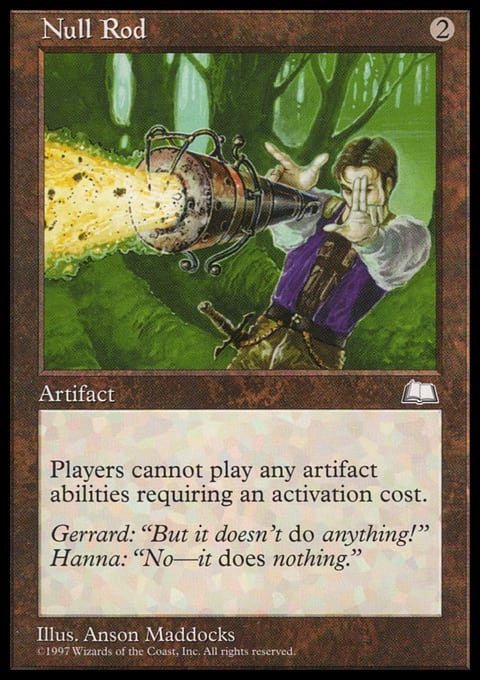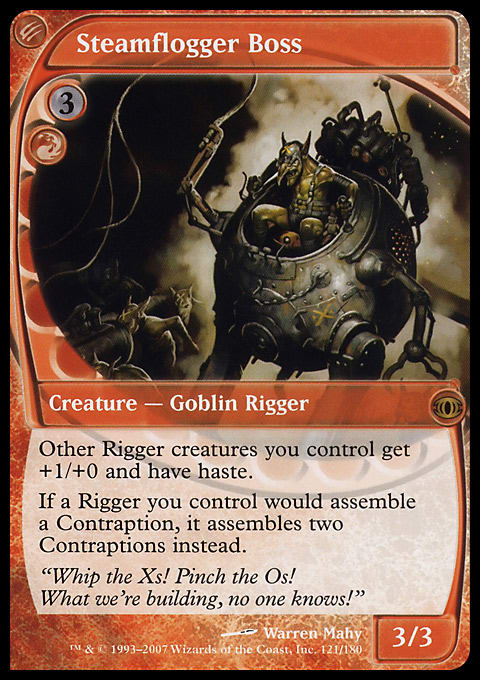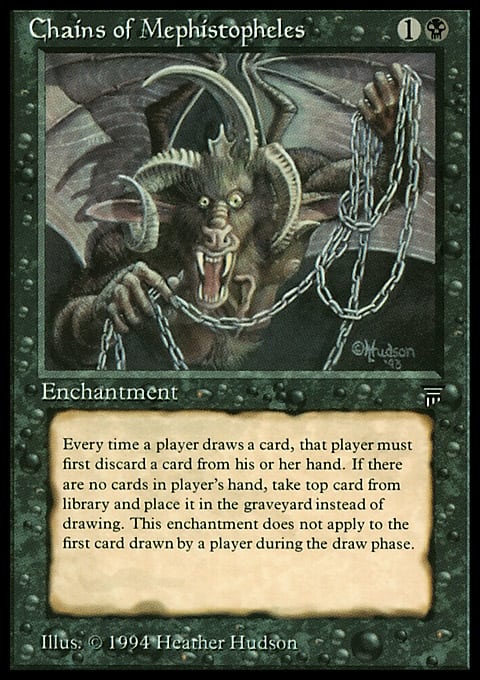I love contemporary art shows. I don't always love everything in them, mind, but I love the spaces themselves, the whole atmosphere of stepping into a world that's often just a little off center from our own. For the most part it's just a world where questions like " . . . But is it art?" and "Couldn't my kid do that?" have been settled, but that's enough to make it as attractive to me as any world of elves and dragons.
The physics of this fantasy universe can be pretty weird sometimes, though. The objects in them might be fascinating, but they don't necessarily work at a human scale. At a recent show, for example, I encountered a number of jewelers producing work that for a variety of reasons -- unwieldy size, extreme delicacy, or the proposed use of technologies that don't, in fact, exist yet -- can't actually be worn.
This seems to contradict the whole purpose of jewelry but design for the nonfunctional has, in fairness, been around for about a century now. Making a utilitarian object into art by making it flagrantly useless -- think, Man Ray taking an iron and sticking a bunch of spikes on the bottom, or Duchamp appending a bicycle wheel onto the top of a stool -- has a long history now. I'm not going to try to define this as modernist or postmodernist, since I don't feel like writing a whole art history diatribe here and you probably don't feel like reading it, but it's all part of a long experiment in screwing with the definitions of whole media. Like, we've already stripped painting down to abstract shapes, but can we go further? Maybe a painting can be strips of paint woven together into a mesh! Maybe a painting can be layered onto wood and then carved back out in great gouges!
And further: maybe textiles can be strips of paint woven together into a mesh! Maybe jewelry might be a kind of crafting tradition and the actual wearing of that jewelry is beside the point! Maybe when you isolate down "chair" conceptually to a kind of platonic ideal, one of the things you end up discarding is, in fact, whether or not anyone can actually sit on it.
Maybe a Magic card can be something that uses the visual and textual rhetorics of Magic, while not actually working functionally as a card -- doing nothing.
Hey, remember that time I argued that Emrakul's card getting banned was actually good game design and a triumph of ludonarrative harmony?
This is gonna be another one of THOSE articles. Sorry!
There's some pretty interesting crossover, I think, between this kind of art -- art that takes designed, functional objects and strips them down to aesthetics or a field of production or semiotics or whatever in such a way that the functionality dissolves -- and a fantasy game. It's all speculative fiction of one sort or another. Magic just reserves its speculative fiction for Vorthos, whereas the Melvin move of engineering a piece of jewelry too intricate to actually be worn safely except by some kind of exquisitely balanced future cyborg has mostly eluded Magic.
What if we wanted to expose Magic cards to the same weird refinements other forms of craft and design experience in contemporary art? Well, we'd have to start by treating Magic cards as art objects . . . and really, we already do! Why else would people pay such ludicrous prices for them, often based on only cosmetic differences?
We might as well take the next step and start exploring the possibilities of the nonfunctional Magic card. But if we try I think we'll immediately start to run into a problem stemming from the very nature of Magic. I have a theory that Magic: The Gathering is not a game at all. To be sure, you can play a game of Magic, but that game is not what Magic: The Gathering as a whole is.
Magic: The Gathering is a game engine.
And it's a super flexible game engine as well, utilizing the power of the human brain to smooth over what elsewhere (say, on Magic Online . . . ) would spawn surprising bugs and crashes. It's a game engine whose individual instances of gameplay exist at the whim of those who run tournaments and set up parameters for what is and is not legally considered a "card" (currently Wizards of the Coast, but no artistic principle demands that this should be just WotC's domain).
This is sort of an issue for anyone wishing to create a flagrantly nonfunctional card, a card that in some sense does nothing and derives some interesting artistic experience from that nonfunctionality. If WotC, or whoever, decide that cards can actually be double sided now, well, then it is so! If cards have radically different frames, or have two miniature cards in place of one big card, these things are also permissible within the engine. They can be made functional. Steamflogger Boss is illustrative. It was once a purely conceptual card, and now it actually functions as a real card, at least within the unstable canon of Un-Magic. So, the status of Magic cards can change from conceptual art to practical design in a relatively short timespan, shorter at least than the time it will take for certain jewelry to find wearers with the requisite horns and face tentacles. Even cards not produced by Wizards of the Coast like the classic cards of InQuest and The Duelist, might have real counterparts someday (except Throat Wolf which is, of course, already a real albeit very rare card).
What about black border cards that are unplayable for one reason or another? We might look to cards like the promisingly titled "One With Nothing," but this isn't literally unplayable in quite the way I'm looking for. It's just looking for the right combo. Or, like many cards, it's simply so bad that people would rather not play it.
Cards like Chains of Mephistopheles get closer to the ideal, via sheer incomprehensibility. Though, I think we could get even less comprehensible than that if we really tried. It is still technically possible to arrive at correct rulings for what Chains of Mephistopheles does in relationship to other similarly bewildering cards. It also has the frustrating limitation that it doesn't really say much of anything. I mean, I suppose we could interpret the card name as representing not something within Magic's world but actual bedeviling chains that are set upon any judge forced by players to confront its rules text. It's like a necklace deliberately too large and heavy to wear, or a chair too delicate for use as a seat: a card with rules text so impenetrable that it cannot effectively be played.
I think this approach is maybe more interesting, at least for the sake of this article, than other strategies of making cards technically unplayable. Though, I do love card alters that deliberately, through layering multiple cards or painting them in a way that makes them inescapably, obviously singular, strip cards of their functional purpose. It's no worse for the game to "deface" a Black Lotus by using it as art material than it is for someone to hold on to a Black Lotus, leaving it unplayed, for the sake of enjoying its accumulated value. Destructive card alterers, the rest of this article isn't about you, but I do salute you!
I'm going to swerve in a different direction though and shout out the weird cards generated by bots like Robo Rosewater and Rosewatta Stone on Twitter.
Robo Rosewater uses some kind of machine learning sorcery to take the accumulated knowledge of past cards and predict new cards from them. Sometimes it produces downright playable results, but ,at its best, it produces poetic nonsense. I love the text of Dragon Corm, for example: "![]()
![]() : Regenerate Dragon Corm. If it's not any other creatures." There's a great poetic lurch here from the familiar to the unfamiliar, with the hard stop after the more typical text being followed by the baffling "If it's not any other creatures." Something about the phrasing there really delights me. Like, it can be regenerated . . . but only if it's true to itself!
: Regenerate Dragon Corm. If it's not any other creatures." There's a great poetic lurch here from the familiar to the unfamiliar, with the hard stop after the more typical text being followed by the baffling "If it's not any other creatures." Something about the phrasing there really delights me. Like, it can be regenerated . . . but only if it's true to itself!
Rosewatta Stone meanwhile uses one of the internet's oldest sources of amusement: passing text through multiple rounds of automatic translation, back to the original language. Sometimes the results are downright poignant, as with "Pay To Cry," which has the unsettling proclaimation that "If you miss a friend, you will have to be tortured three times." The card seems, through automation, to be reaching toward some exploration of grief halted and repressed, but it's all filtered through the rhetorics of the Magic card. And, of course, it has lost all obvious functionality.
You don't need a robot to get things like this though. Cards like this are created all the time. You Make The Card forums are littered with things that don't work, cards that don't even close to work, cards that seem to come from some bizarre alternate universe. They're, you know, bad card designs, made by inexperienced or deeply out of touch players.
I love looking for gems of weirdness on "bad card" blogs, though. Like, is "Upkeep the Law", with its text "Non-land permanents your opponents cast enter the battlefield," just a half thought out line of text? Or is it some piece of highly technical Melvin weirdness that I just don't quite grasp? Or is it a kind of high modernist card design, a card that simply exists to reassert the most basic logic of the game? And: is "The Luck of Death," which literally turns every game into a coin toss, just bad game design, or a biting satire of environments driven by topdecking?
Most badly designed cards are not, like, intended to be weird poetry . . . but then, neither is anything made by Robo Rosewater! Neither the bot nor bad designers set out consciously to make a work of art; sometimes it just happens. If this still makes you kind of queasy, consider making yourself feel better by labeling it "outsider art" and setting yourself up as the robot's or teenager's wise and well paid gallery manager.
If we're talking about doing nothing, it's probably worth asking whether these cards that do nothing do anything -- artistically, I mean. The truth is, I'm not sure. To an extent I'm just really fascinated by the weird possibilities opened by thinking about Magic as another art medium. I don't know that I can justify my interest to anyone who's not already at least a little sympathetic toward the admittedly esoteric world of high art. I don't want to make it seem like Magic can only have artistic merit from this sort of ultra avant garde perspective (though I'm still going to keep harping on the weird desert island that fantasy art seems to have marooned itself on, stylistically speaking).
I just think reframing certain things like Roborosewater or particular card alters or people's weird, gonzo card designs as a form of speculative, avant garde art practice might uncover some pretty interesting artistic and, ultimately, practical design space. Just like WotC might develop a particular format where otherwise nonfunctional cards do something, a theoretical approach might make these nonfunctional cards do some sort of work. And if nothing else, I love the weird surrealist jolt of encountering a card that breaks down in some totally unique way.
So here's to cards that don't do anything -- no, that do nothing.

























